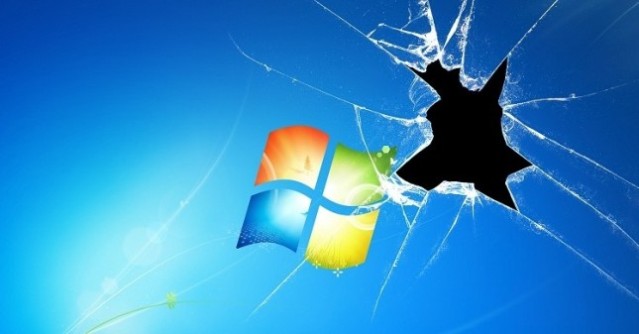Top 4 old vulnerabilities that never made it in Windows 10
With each new iteration of Microsoft Windows, a new debate opens up, on stability, and user experience. The arguments from those who are unwilling to upgrade may range from user experience, to a personal perception of stability and performance, that is often based on individual experience, but one thing that’s very hard to argue against, is on how much security has improved in Microsoft Windows overtime.

With reference to Windows 10, the new operating system features enterprise-level security features, like Bitlocker drive encryption, and the elimination of browser plugins and third-party add-ons, as well as several improvements concerning Windows Defender, not to mention User Account Control, which provides alerts about any program that attempts to make modifications to the system.
The list below includes four of the most popular past Windows vulnerabilities that are now part of history, at least for users of Microsoft Windows 10.
File permissions free-for-all!
When Microsoft released Windows XP, the primary focus was on the ability to share files. The problem with such approach was that most users who weren’t particularly savvy on how to set up permissions for their files and folders, often found their data completely open and available, when connected to a public network, like an open Wi-Fi. File sharing issues have long affected Windows users up until Windows 7.
In Windows 10, default access to all files and folders is automatically set to read-only, and multiple warnings will trigger to notify of any activity that may result in sharing a file or folder publicly. More importantly, security features like Azure Rights Management, and Bitlocker are there to prevent unauthorized activity, whether it’s accidental or malicious.
No antivirus or firewall protection
Another big problem with Windows XP and older systems, was the lack of anti-malware and a proper firewall protection. Even worse, the system didn’t even notice the lack of thereof, resulting in most users developing a false sense of security around many activities that would often put them at risk for virus infections and hacking.
Windows XP users were often targets of malicious attacks that would enable hackers to practically remote-control a system, in the same way as the Remote Control Desktop feature, but without the user being aware of it.
In fact, things were so bad, security-wise, that hackers even developed hacking tools easy enough for anyone to use, publicly available, and extremely popular, that would give anyone more control over a remote computer, than the physical user sitting in front of it.
While many of those tools have long been added to the antivirus community blacklist, Windows XP and Windows Vista users worldwide have continued to be affected, when operating without any viral or firewall protection whatsoever.
Effective from the release of Windows 7, the situation gradually changed towards an increased focus on security, with the introduction of Windows Defender, and a warning system designed to alert a user of the lack of virus or firewall protection.
Drive encryption
Prior to Windows 7, drive encryption was considered a feature for enterprise and government systems only, which was handled by third party vendors, with a very high price tag attached. Even Bitlocker encryption has been available since Windows Vista and Windows 7, to higher-end versions of the operating systems, such as Ultimate and Enterprise.
With Windows 10, Bitlocker support has been extended to all editions, providing full encryption of internal drives, and removable sources as well, including flash drives, and even mobile devices like smartphones and tablets.
Goodbye Patch Tuesday, Hello Windows Update
Up until Windows 98, the way Microsoft would keep systems up to date was through software patches, issued on a regular basis, typically on the first Tuesday of each month, to allow system administrator to apply the patch with a single reboot, and solve any problem before the weekend.
As the threat landscape has evolved, this is no longer a viable way to keep Windows up to date, which is why Windows Update was introduced, first as a website through which administrators would routinely login and update their systems. With that in mind, Issuing updates through a website poses another problem, which followed an increasingly deeper integration within Windows, to a point where Windows Update is now integral part of Windows 10, and communicated with Microsoft servers directly.